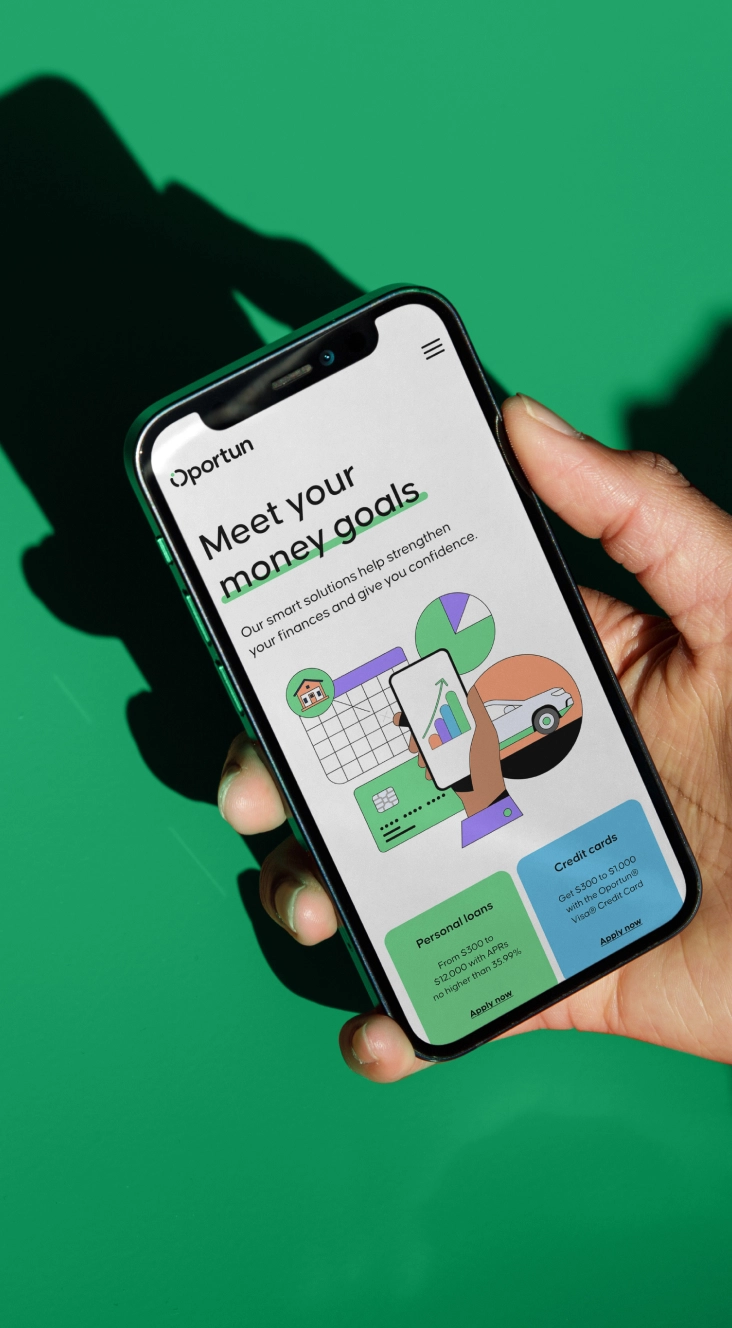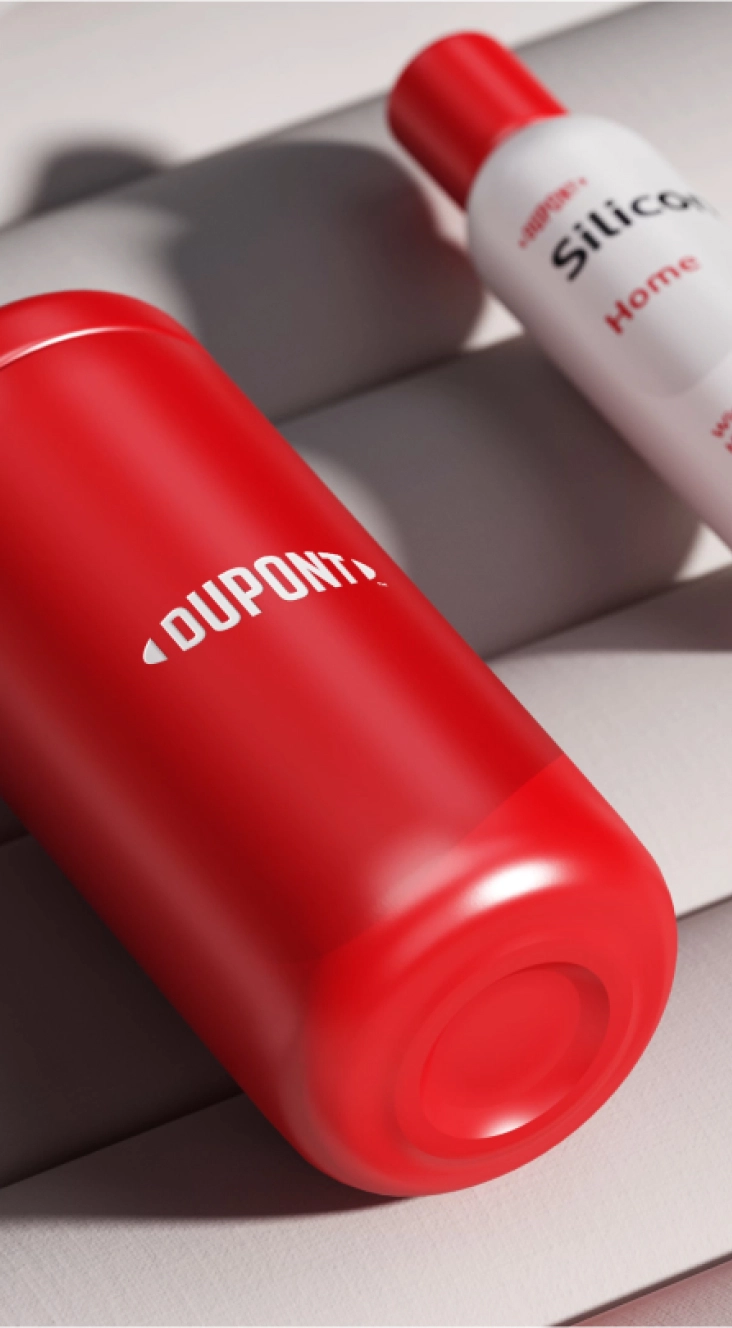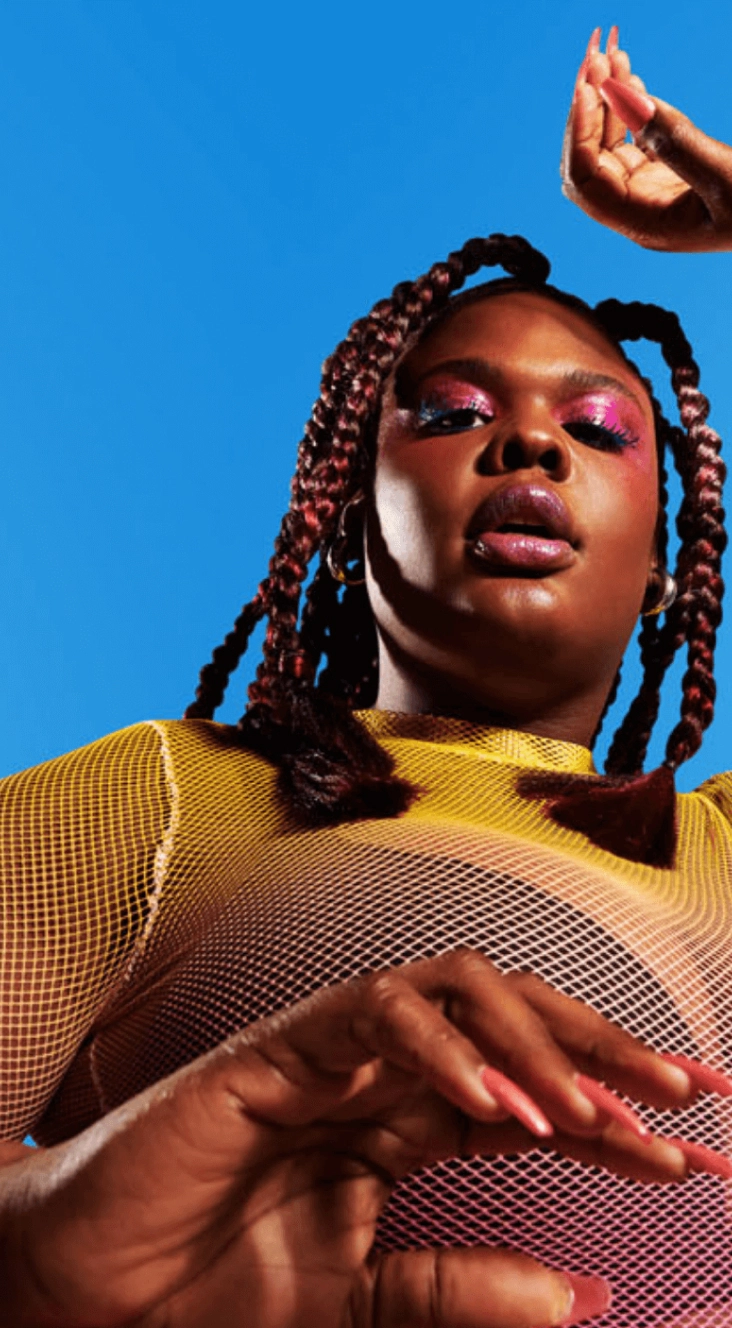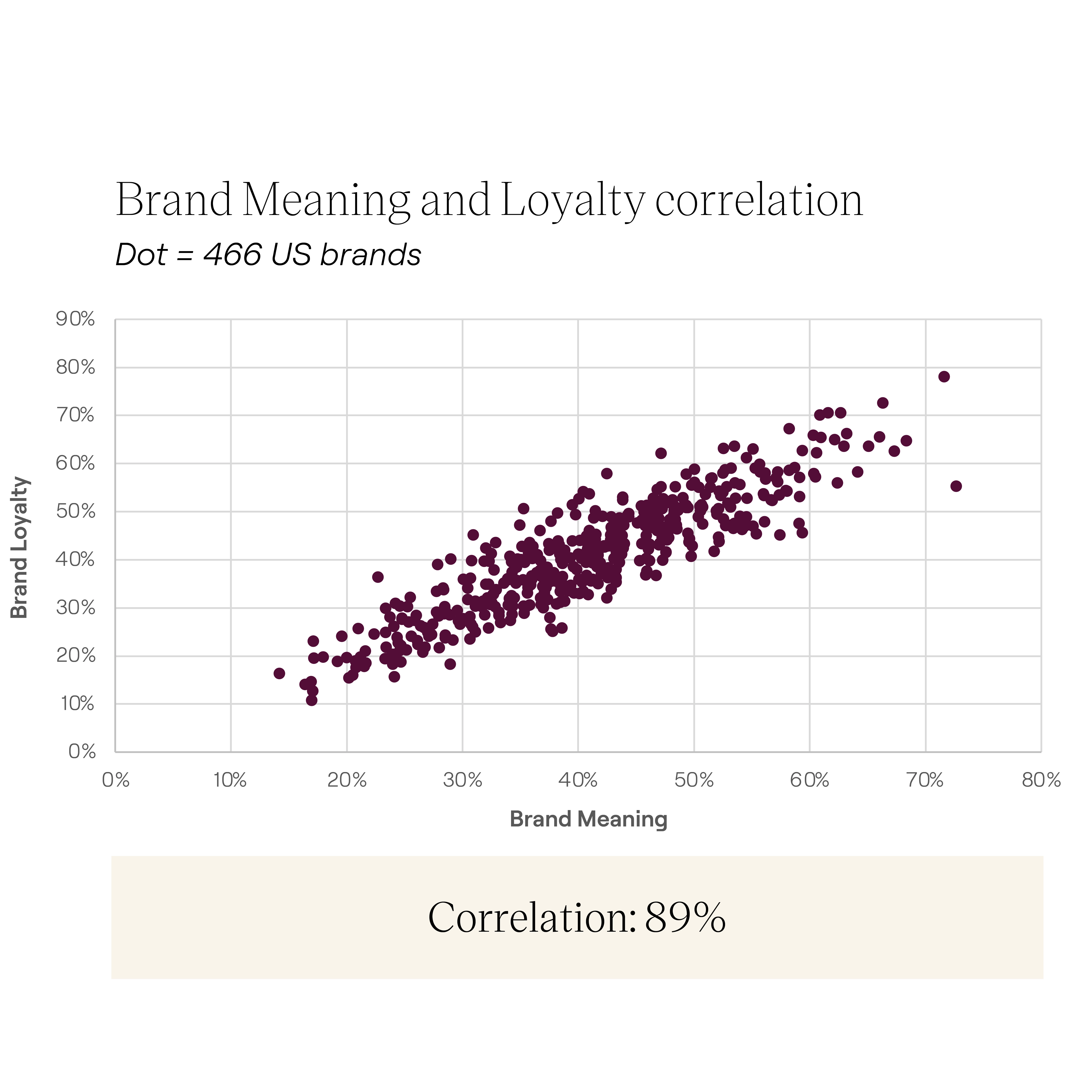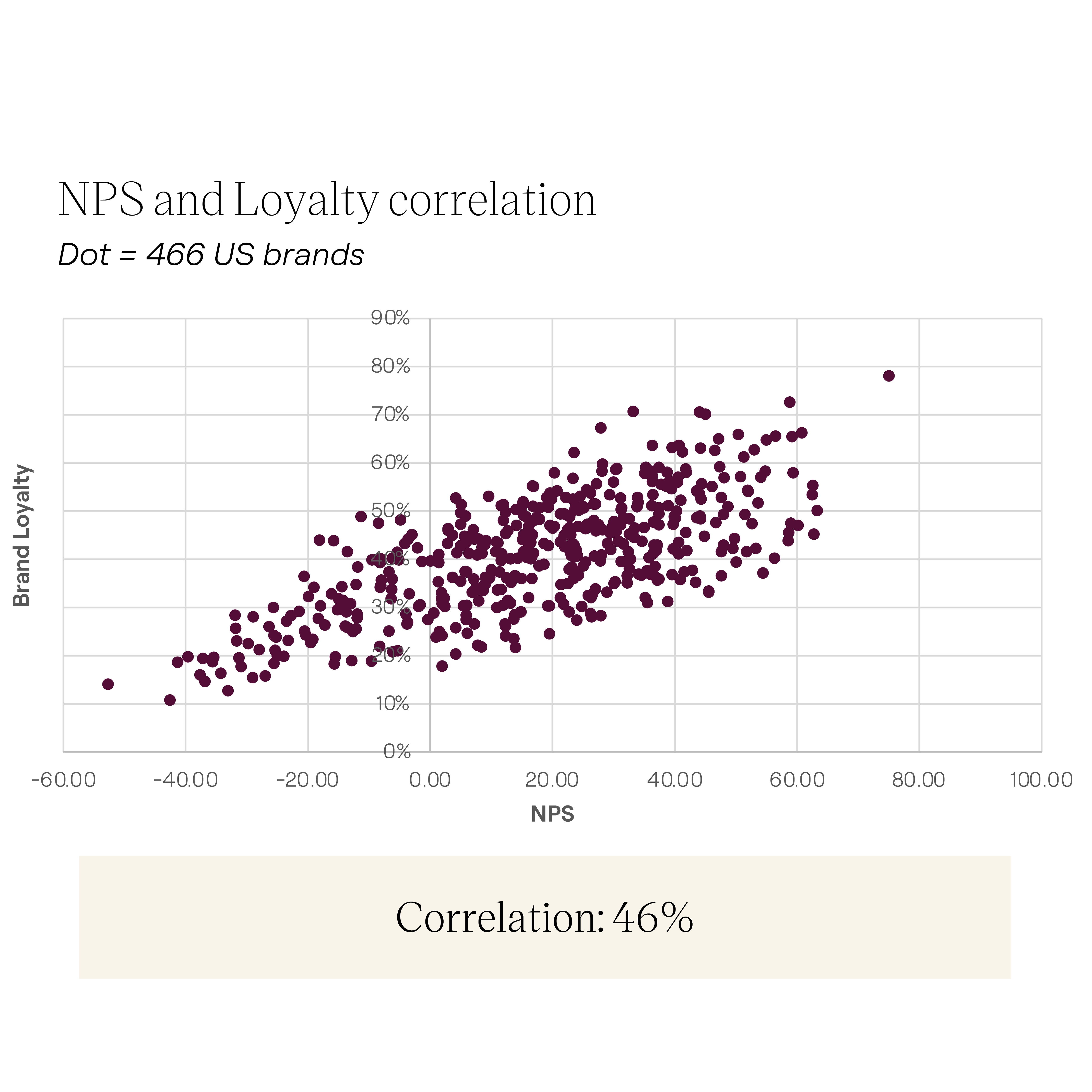April 18, 2023
Brand loyalty lives – but only if your brand does these two things

Recently, a team member of ours was standing in the parking lot trying to convince his young kids to leave the playground when a fellow dad noticed his new car, a Ford Expedition. The dad wanted to know how it drove, how spacious it was inside, the typical car buyer questions because, he explained, “We need a bigger one. We have a third kid on the way. And we’re a Ford Family!”
“A Ford Family.” The thought lit us up.
You don’t hear things like that much anymore. And from inside the modern marketing movement, it’s easy to think brand loyalty is dead. Switching costs are low, options are abundant, products have been commoditized, attention spans have been obliterated, information is everywhere, and we’re now smart enough to decide on concrete facts rather than abstract affiliations. Right?
Were there still “Ford Families”? “Old Spice Guys”? “Tide Households”? Or did choosy parents now pick whatever peanut butter had the highest star rating?
Thus, our expedition began.
We wanted to understand first, what does the data say? Are people, generally speaking, still loyal to brands? If yes, why? If no, what’s changed? And second, in today’s world, how do you win loyalty? Loyalty is a goal for every brand-builder alive, so when it comes to building it, have the rules changed?
With a dose of humility and an explorer’s curiosity, we dove into the data and discovered some surprising realities, stumbled across some familiar truths, and ultimately landed on some new rules.
Brand loyalty: the holy grail. It lifts revenue, lowers costs, attracts talent, helps weather economic downturns. But it’s reasonable to think that it’s declining. After all, the brands we can choose from in any given category have grown dramatically. Just look at trademark applications: the number of applications in 2020 was 20x more than the number filed fifty years ago. Why be loyal when there’s so much to explore?
That’s the theory. But what does the data say? Are people, in fact, becoming less loyal?
At Lippincott, we measure the strength of brands across a host of dimensions, including loyalty. We looked at the data of over 400 brands. Which brands are people loyal to (if any)? Which brands do they always select over others?
The results were surprising.
In nearly every industry—even lower engagement industries like telecom and easy-to-leave industries like retail—there were “Ford Families.” In other words, there were brands that had earned strong loyalty among over 50% of their customers. T-Mobile in telecom (70% loyalty), Tesla in transportation (54% loyalty), ShopRite in grocery (54% loyalty), and more, as the chart below shows. There were loyalty winners all around us.
So what were they doing differently?
We evaluated 400+ brands on just about every metric you can think of (73 total!). From customer satisfaction to willingness to recommend, from ease of use to brand love, we set out to discover what was most correlated with loyalty.
“Net Promoter Score” was promising. Someone’s willingness to recommend was correlated with their loyalty. But this correlation was actually strongest at lower NPS scores, meaning NPS is a great predictor of detraction, but doesn’t do as well predicting positive loyalty.
We believed there had to be something better. And there was.
The metric that had the most magic in it was something we’re calling “Brand Meaning.” It’s a composite metric that represents the average of two fundamental components: the first is the degree to which a brand establishes an emotional connection with its customers; the second is the degree to which a brand enables progress for customers by helping them do something they otherwise couldn’t. When we averaged these metrics together, it seemed to uncover the loyalty holy grail (see exhibit 2): A brand’s ‘meaning score’ was 89% correlated with loyalty.
And what’s more, embedded within the “meaning” metric are clues on how to build it. So our question becomes more precise: How do you build meaning?
With data pointing the path, we wanted to think of all the different ways a brand could connect with customers and help them make progress in their lives. From our observations, at the highest level, there seem to be two roads: let’s call them “handcuffs” and “magnets.” Tactics to discourage departure and tactics to encourage retention.
With a “handcuffs” approach, you can lure and lock them into a relationship with friendly bribes (think loyalty points), healthy addiction (tactics of behavioral psychology that encourage repeat use), or design scarcity (such as limited time offers to create FOMO). “Golden Handcuffs” can be powerful ways to form lasting connections with customers and help them make the most of their money and their time.
But on their own, they’re not enough to drive a true sense of loyalty.
The “magnets” approach is very different. If handcuffs create the rational connection, magnets pull you in with emotional rewards—the personalization that makes you feel fully seen (e.g., Delta Sync personalization), the priority experiences that make you feel valued (e.g., priority boarding), the human acknowledgements that keep you motivated (e.g., Peloton’s Century 100), and the delightful surprises that keep you smiling (e.g., handwritten “thank you” notes in your hotel room). These “magnets” pull you into an emotional connection to the brand, and give you the sense that, with this brand, you are treated as and can become your best self. The brand becomes part of your identity, not because you’re chained to it, but because you really like it.
High-performing brands that build lasting loyalty do both: magnets and golden handcuffs. The combination of these two tactics helps drive meaning for customers, and these days, meaning matters more than ever.
Where to go next
At the start, we weren’t sure if we’d find such a clear path (or even if the path still existed). But it turns out the myriad benefits of loyalty await those brands that can build meaning by establishing a vibrant connection with their customers and by enabling tangible progress in their customers’ lives.
Thinking tactically, for brands who want to build lasting loyalty through meaning, ask yourself two questions:
What are your handcuffs? How are you forming lasting connections with customers that reward them for their loyalty? How can you encourage retention by making it feel like interacting with any other brand would be “missing out”? What tactics could make your brand a customer’s healthy addiction?
What are your magnets? How are you fostering a deep, identity-driven, emotional connection that pulls customers toward your brand? How can you demonstrate your alignment with the values they hold most dear? How can you show them you care about the progress they’re trying to make in in their lives, creating value for them (rather than extracting value from them)? What beautiful, memorable, surprising moments can draw them to your experience?
The right handcuffs and magnets can foster brand meaning, and meaning reliably leads to loyalty.
Loyalty is alive.
Long live the Ford Families.




